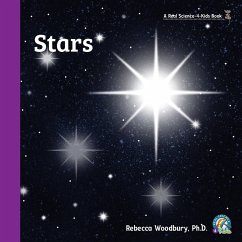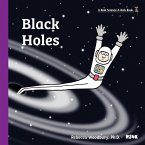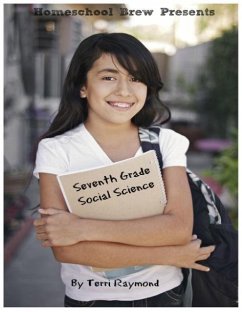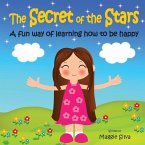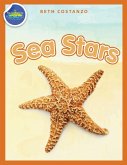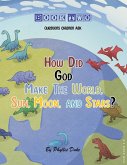The Sun is a star that gives Earth heat and light. There are even more stars than those we can see in the sky. Stars are objects in space that are made of hydrogen and helium gas that make heat and light energy when hydrogen atoms combine to make helium. (Atoms and matter are defined.) Stars are different sizes, both smaller and larger than the Sun. Proxima Centauri, Alpha Centauri A, and Alpha Centauri B are the stars closest to Earth. Proxima Centauri and Alpha Centauri B are smaller than the Sun, and Alpha Centauri A is bigger. Sirius is the brightest star in the sky, and the amount of light it puts out makes it look closer to us than Proxima Centauri. The largest star we can see is VY Canis Majoris, which is 2000 times bigger than the Sun. Astronomers think most stars have planets orbiting them and are hoping to find another planet like Earth that has life on it. Pronunciation guide included. 24 pages filled with engaging, colorful illustrations. Reading Level 1-3, Interest Level 2-5, Word count 336, Lexile measure 530L.
Hinweis: Dieser Artikel kann nur an eine deutsche Lieferadresse ausgeliefert werden.
Hinweis: Dieser Artikel kann nur an eine deutsche Lieferadresse ausgeliefert werden.

